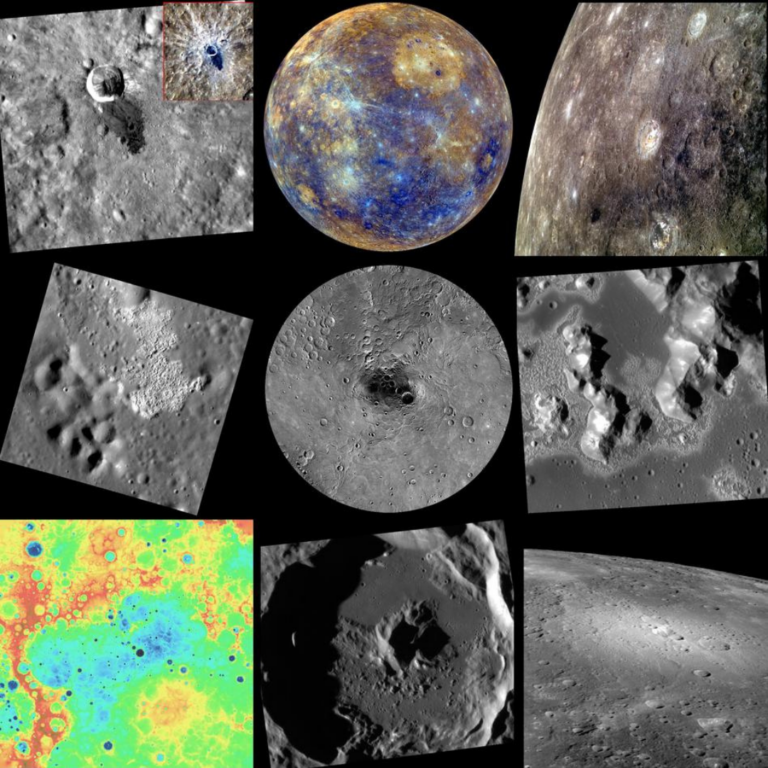MESSENGER
Mercury Surface, Space Environment, Geochemistry, and Ranging
Mission to Mercury

A NASA mission that conducted the first orbital study of our solar system’s innermost planet. MESSENGER entered Mercury’s orbit in March 2011, after making three flybys of Mercury and one flyby of Earth and Venus. The goal of the prime mission was to understand Mercury and how it was formed in order to better understand the other terrestrial planets and their evolution. MESSENGER did many firsts, including detecting magnesium in Mercury’s exosphere and showed that magnesium, sodium, and calcium exhibit distinctive spatial patterns that repeat every Mercury year, suggesting a seasonality not unlike Earth’s.
Mission Class:
Mission Status:
LASP Roles:
Science Target:
Mission Focus:
Primary Mission Site:

Launch date: August 3, 2004
Orbit Insertion: March 17, 2011
End Date: April 30, 2015
Mission duration: Seven years to reach Mercury orbit and more than four years of scientific investigations
Lead Institution: Joint- Columbia University and Applied Physics Laboratory
Lead Funding Agency: NASA Planetary Science Division
Partners: NASA Goddard Space Flight Center, Johns Hopkins University Applied Physics Laboratory (JHU/APL), Carnegie Institution for Science,
To address key science questions about Mercury’s formation and evolution, MESSENGER journeyed through the inner solar system and became the first spacecraft ever to orbit Mercury.
LASP’s research focus was centered on the data retrieved from the MASCS instrument. MASCS took spectral data of what materials made up Mercury’s exosphere and the surface composition.
